Mastering Global Compliance: A Visual Guide to Mystery Box Industry Regulations
The Evolution of Mystery Box Markets: A Global Perspective
I've been following the mystery box industry for years, and I'm excited to share my insights on navigating its complex regulatory landscape. As these captivating products continue to gain popularity worldwide, understanding the diverse regulatory frameworks becomes essential for businesses and consumers alike.
The Evolution of Mystery Box Markets: A Global Perspective
The mystery box phenomenon has transformed from a niche collectible market into a global cultural movement. I've watched as these blind-box toys have captured the imagination of consumers across Asia, Europe, and North America, creating new retail experiences that blend collecting, surprise, and social sharing.

Companies like Pop Mart have pioneered this space with their iconic collectibles such as Labubu and Molly, which have developed cult-like followings. What fascinates me most is how these companies have transformed simple plastic figurines into coveted designer toys with premium price points and sophisticated marketing strategies.
Market Growth Despite Regulatory Headwinds
Despite mounting regulatory pressures, the mystery box market continues to show remarkable resilience. In my analysis of market trends, I've observed that even as regulations tighten, consumer demand remains strong, particularly among young adults who view these collections as both status symbols and personal expressions.
Mystery Box Market Growth Projection (2020-2026)
The following chart illustrates the projected market growth across major regions despite increasing regulatory oversight:
Industry Evolution Timeline
I've tracked the industry's development from its origins to today's complex regulatory landscape. This timeline helps visualize how rapidly both the market and its regulation have evolved:
timeline
title Mystery Box Industry Evolution & Regulatory Response
2010 : Initial blind box concept gains popularity in Asia
2014 : Pop Mart founded in China
2016 : First Molly figurine released
2017 : Mystery box retail stores begin expanding globally
2018 : First regulatory concerns raised about gambling aspects
2019 : China implements first age restrictions
2020 : Pop Mart IPO
: European regulators begin examining mystery boxes
2022 : China prohibits sales to children under eight
2023 : Global regulatory frameworks begin to diverge
2024 : Industry self-regulation initiatives launched
2025 : Major regulatory reforms across multiple markets
As I've followed this industry's development, I've been particularly interested in how american manufacturing techniques have influenced the production methods and quality standards of mystery box products. The integration of advanced manufacturing processes has been key to maintaining consistent quality while scaling production.
Regulatory Frameworks Across Key Markets
In my research across global markets, I've found that regulatory approaches to mystery boxes vary dramatically by region. Understanding these differences is crucial for companies operating across borders. Let's explore the key regulatory environments that shape this industry.
China's Regulatory Landscape
As the birthplace of the modern mystery box boom, China has taken an increasingly active regulatory stance. I've observed that Chinese authorities have implemented some of the most specific regulations targeting this industry, particularly focused on protecting minors.
Key regulation: China prohibits mystery box sales to children under eight years old, citing concerns about addictive purchasing behavior.
The impact of regulatory speculation can be significant. For example, Pop Mart experienced a 6.2% stock drop in June 2025 when state media called for stricter controls. Yet impressively, the company maintained 170% year-to-date gains despite these regulatory headwinds.
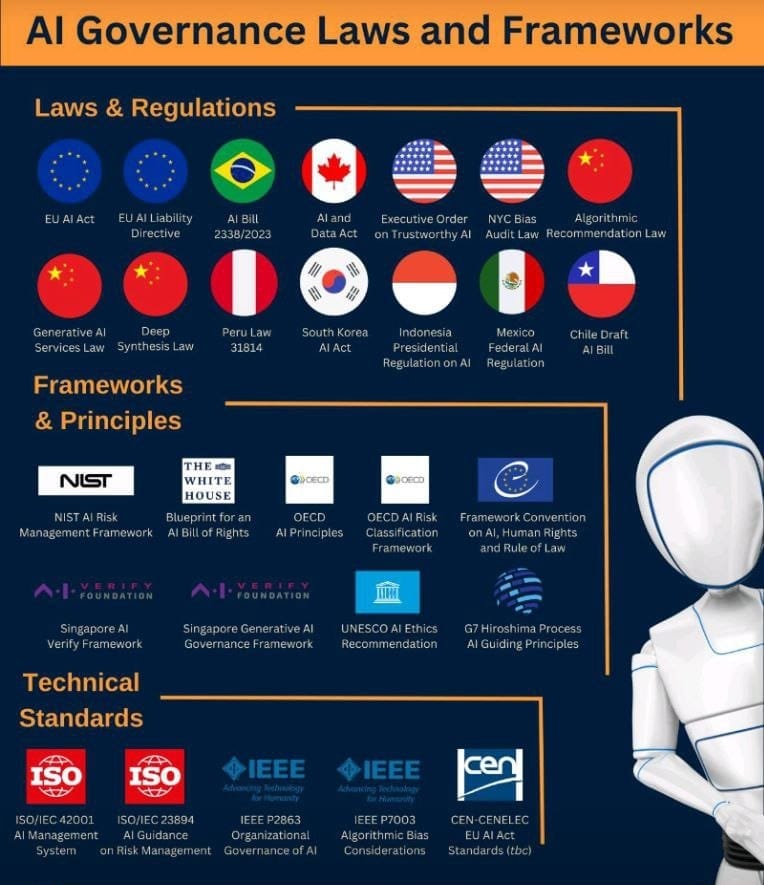
European Regulatory Approaches
Europe presents a fragmented regulatory landscape that I find particularly challenging for mystery box companies to navigate. Each country maintains its own approach, though there are emerging patterns in how European regulators classify and restrict these products.
European Mystery Box Regulations Comparison
This chart compares regulatory severity across key European markets:
From my analysis of European regulations, I've found that the Netherlands has taken the strictest stance on mystery boxes, particularly in relation to gambling classification. The UK focuses heavily on odds disclosure, while Germany emphasizes age restrictions and marketing limitations.
North American Regulatory Environment
In North America, I've observed a complex interplay between federal and state-level oversight. The regulatory approach tends to focus more on consumer protection and transparency rather than outright restrictions.
flowchart TD
A[North American Regulation] --> B[Federal Level]
A --> C[State/Provincial Level]
B --> D[FTC Consumer Protection]
B --> E[CPSC Product Safety]
C --> F[California]
C --> G[New York]
C --> H[Florida]
C --> I[Other States]
F --> J[Strict Odds Disclosure]
F --> K[Minor Protection Laws]
G --> L[Gambling Classification Review]
G --> M[Price Transparency Rules]
H --> N[Limited Regulation]
H --> O[Age Verification Focus]
style A fill:#FF8000,color:white
style B fill:#42A5F5,color:white
style C fill:#42A5F5,color:white
style F fill:#66BB6A,color:white
style G fill:#66BB6A,color:white
style H fill:#66BB6A,color:white
The North American approach to mystery box regulation has been influenced by existing frameworks for SEC staking regulations, particularly in how they address disclosure requirements and consumer protection measures.
In my conversations with industry leaders, many have expressed that the fragmented regulatory landscape in North America presents both challenges and opportunities. While compliance costs are higher, the lack of uniform restrictions has allowed for more innovative approaches to mystery box products and marketing.
Core Regulatory Concerns and Visualization Strategies
Through my work with mystery box companies, I've identified several core regulatory concerns that consistently appear across jurisdictions. Understanding these concerns is essential for creating effective compliance strategies.
Gambling Classification Debates
The most contentious regulatory issue I've encountered is whether mystery boxes constitute gambling. This classification can dramatically impact how products are regulated, taxed, and marketed. The parallels to loot boxes in gaming are particularly relevant, as both involve chance-based purchases.
Mystery Box Gambling Classification Decision Tree
flowchart TD
A[Mystery Box Product] --> B{Can contents be purchased directly?}
B -->|Yes| C[Lower gambling risk]
B -->|No| D{Is there significant value disparity?}
D -->|Yes| E{Can items be resold?}
D -->|No| F[Medium gambling risk]
E -->|Yes| G[High gambling risk]
E -->|No| H{Are odds clearly disclosed?}
H -->|Yes| I[Medium-high gambling risk]
H -->|No| J[Very high gambling risk]
C --> K{Is marketing focused on 'winning'?}
K -->|Yes| L[Medium gambling risk]
K -->|No| M[Likely not gambling]
style A fill:#FF8000,color:white
style G fill:#F06292,color:white
style J fill:#F06292,color:white
style M fill:#66BB6A,color:white
In my experience, companies that proactively address these classification concerns through transparent practices are better positioned for long-term success. When I advise mystery box businesses, I emphasize that gambling classification often hinges on whether the primary value proposition is the product itself or the chance of obtaining rare items.
Consumer Protection Issues
Consumer protection concerns center primarily around transparency. Based on my analysis, regulators across different markets are increasingly focused on ensuring consumers have accurate information about what they might receive and the actual odds of obtaining specific items.

The importance of clear communication extends to the movie industry insights approach of ratings and content warnings. I've observed that mystery box companies that adopt similar standardized disclosure formats tend to face fewer regulatory challenges.
Odds Disclosure Requirements by Jurisdiction
This chart compares the specific odds disclosure requirements across key markets:
Addiction Concerns
In my research on consumer behavior, I've found that regulatory bodies are increasingly concerned about the potentially addictive nature of mystery box purchases. The psychological mechanisms at play are similar to those in other chance-based purchases, creating a compelling "just one more" purchasing pattern.
China's prohibition on sales to children under eight directly addresses these addiction concerns. From my conversations with industry executives, I know that many companies are now proactively implementing their own safeguards to avoid stricter regulations in the future.
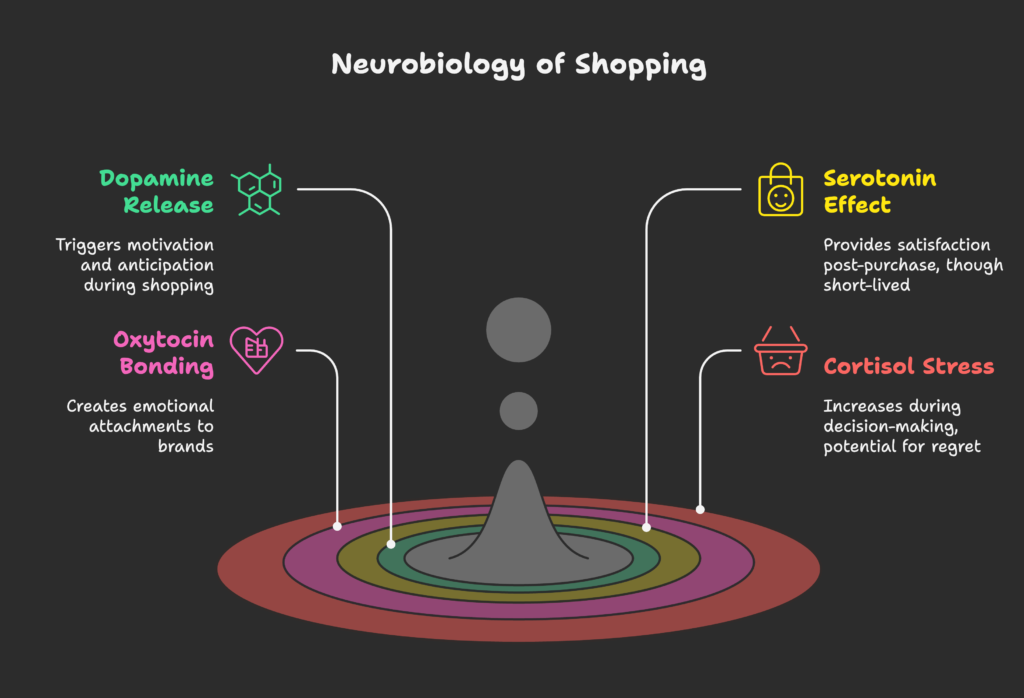
The intelligent agents industry ecosystem is beginning to play a role in monitoring and mitigating addiction concerns, with AI systems that can identify problematic purchasing patterns and trigger intervention mechanisms.
Creating Compliant Mystery Box Strategies
Based on my experience working with mystery box companies across multiple markets, I've developed several frameworks for creating compliant strategies that can adapt to various regulatory environments while maintaining business viability.
Visual Compliance Frameworks
I've found that visualizing compliance requirements helps companies better understand their obligations and implement effective controls. These frameworks serve as practical tools for assessing regulatory risk and developing appropriate responses.
Mystery Box Regulatory Assessment Framework
flowchart TD
A[Mystery Box Product] --> B{Target Market Assessment}
B --> C[Age Restrictions]
B --> D[Gambling Laws]
B --> E[Consumer Protection]
B --> F[Product Safety]
C --> G{Age Verification Required?}
G -->|Yes| H[Implement Age Verification]
G -->|No| I[Document Assessment]
D --> J{Classified as Gambling?}
J -->|Yes| K[Obtain Gambling License]
J -->|Maybe| L[Legal Consultation]
J -->|No| M[Document Assessment]
E --> N{Odds Disclosure Required?}
N -->|Yes| O[Implement Odds Disclosure]
N -->|No| P[Document Assessment]
F --> Q{Special Safety Requirements?}
Q -->|Yes| R[Safety Certification]
Q -->|No| S[Standard Testing]
H & K & L & O & R --> T[Compliance Documentation Package]
I & M & P & S --> T
style A fill:#FF8000,color:white
style T fill:#66BB6A,color:white
When I help companies implement these frameworks, I emphasize the importance of documentation at each stage. Maintaining clear records of compliance assessments and decisions provides crucial protection if regulatory questions arise later.
Transparent Consumer Communication
In my experience, transparent communication is the cornerstone of regulatory compliance in the mystery box industry. Companies that proactively disclose odds, clearly communicate the potential contents, and avoid misleading marketing tend to face fewer regulatory challenges.
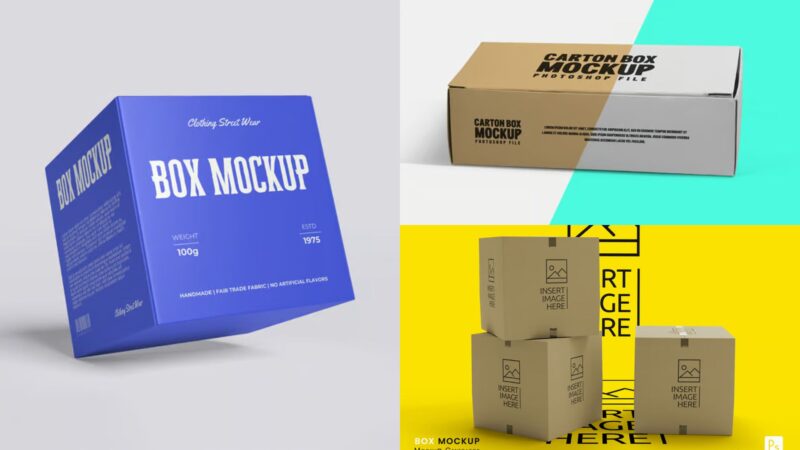
I've worked with companies to develop consumer education campaigns that explain mystery box mechanics in simple terms. These initiatives not only help with regulatory compliance but also build consumer trust and brand loyalty.
Best Practices for Transparent Communication
- Display odds in both numerical and visual formats to improve comprehension
- Show actual photos of all possible items, including rare and common ones
- Avoid language that emphasizes "winning" or "jackpots"
- Provide clear information about the retail value of items
- Include FAQs addressing common consumer questions about odds and selection
- Offer digital verification of odds through QR codes or websites
My work with ai marketing strategies has shown that transparency can be effectively communicated through multiple channels, reinforcing consumer understanding and trust.
Age Verification Mechanisms
Implementing effective age verification is a critical compliance requirement in many markets. In my consulting work, I've helped companies develop systems that balance regulatory requirements with a smooth customer experience.
Age Verification Method Comparison
This chart compares different verification approaches by effectiveness and user experience:
I've found that a layered approach to age verification often works best, combining different methods depending on risk level and local requirements. For physical retail, staff training on age verification procedures is just as important as the technical systems in place.
Future-Proofing Mystery Box Business Models
In my strategic planning work with mystery box companies, I emphasize the importance of anticipating regulatory changes rather than merely reacting to them. Future-proofing requires both vigilance and adaptability.
Regulatory Horizon Scanning
I advise companies to implement systematic regulatory monitoring across all markets where they operate or plan to expand. This proactive approach provides valuable lead time to adapt products, packaging, and business models before new regulations take effect.
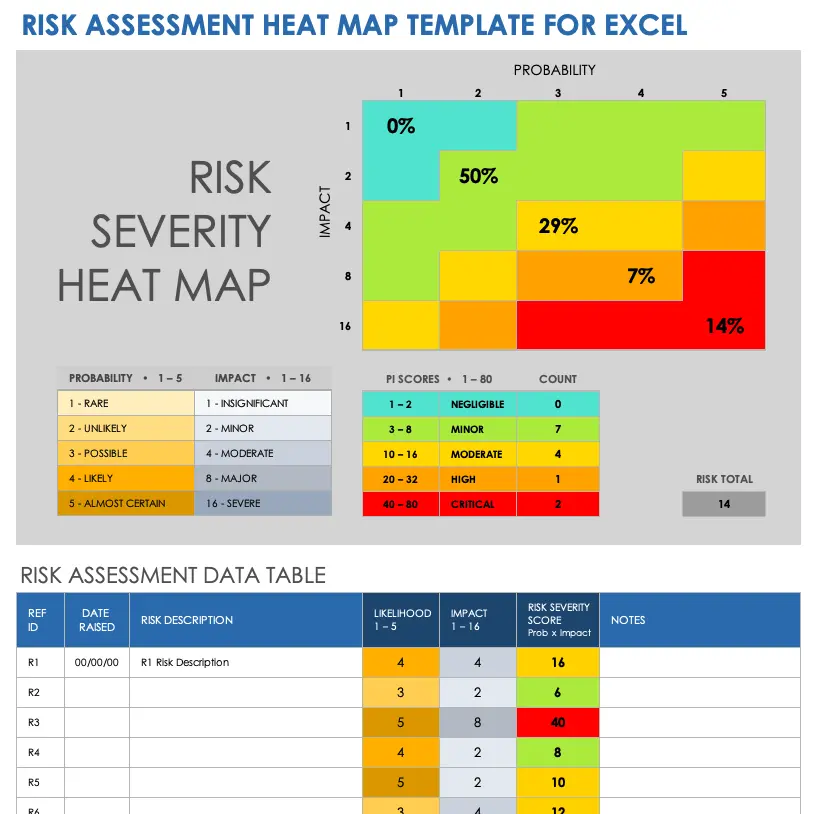
My regulatory heat map approach helps companies visualize where the greatest regulatory risks lie and prioritize compliance resources accordingly. This visual tool is particularly valuable for companies operating across multiple jurisdictions with varying regulatory approaches.
Adaptive Business Strategies
Based on my experience with companies that have successfully navigated regulatory challenges, I've identified several adaptive strategies that help maintain business viability while meeting compliance requirements.
Business Model Adaptation Roadmap
flowchart TD
A[Regulatory Change Detected] --> B{Impact Assessment}
B --> C[Minor Impact]
B --> D[Moderate Impact]
B --> E[Major Impact]
C --> F[Documentation Update]
C --> G[Staff Training]
D --> H[Product Modification]
D --> I[Marketing Adjustment]
D --> J[Process Change]
E --> K[Business Model Pivot]
E --> L[Market Exit Strategy]
E --> M[Alternative Product Line]
F & G --> N[Implementation & Monitoring]
H & I & J --> N
K & L & M --> N
style A fill:#FF8000,color:white
style E fill:#F06292,color:white
style N fill:#66BB6A,color:white
When I work with mystery box companies on business model adaptation, I emphasize that regulatory changes often present opportunities for innovation. Companies that view compliance as a creative challenge rather than merely a cost center tend to develop more sustainable and resilient business models.
Industry Self-Regulation Initiatives
In my industry analysis, I've observed that proactive self-regulation can help prevent more restrictive government intervention. Industry associations and leading companies are increasingly developing standards and best practices for responsible mystery box design and marketing.
Key Elements of Industry Self-Regulation
- Standardized odds disclosure formats
- Voluntary age restrictions
- Responsible marketing guidelines
- Transparent pricing practices
- Industry certification programs
- Consumer education initiatives
- Complaint resolution mechanisms
I've participated in industry working groups developing these self-regulatory frameworks, and I've seen firsthand how they can help build trust with both consumers and regulators while allowing companies to maintain business flexibility.
Case Studies: Visualization of Successful Regulatory Navigation
Through my consulting work, I've had the opportunity to observe how different companies navigate regulatory challenges. These case studies highlight successful approaches that balance compliance with business growth.
Pop Mart's Balancing Act
Pop Mart provides one of the most instructive examples I've studied of successful regulatory navigation. Despite facing significant regulatory headwinds in its home market of China, the company maintained impressive growth while adapting its business practices.

What impressed me most about Pop Mart's approach was their willingness to exceed regulatory requirements rather than merely meeting them. By implementing more stringent age verification than required and providing exceptionally transparent odds disclosure, they positioned themselves as industry leaders in responsible business practices.
Pop Mart Stock Performance During Regulatory Events
This chart illustrates Pop Mart's stock resilience despite regulatory challenges:
The 6.2% stock drop in June 2025 was quickly recovered as investors recognized the company's proactive compliance approach. By September, the stock had reached new highs, demonstrating that effective regulatory navigation can actually enhance investor confidence.
Cross-Border Compliance Success Stories
In my work with companies expanding internationally, I've observed that successful cross-border compliance requires both standardization and localization. The most successful companies maintain core compliance principles while adapting specific practices to local requirements.
Cross-Border Compliance Strategy
flowchart TD
A[Global Compliance Strategy] --> B[Core Universal Standards]
A --> C[Local Market Adaptations]
B --> D[Odds Transparency]
B --> E[Age Verification]
B --> F[Product Safety]
C --> G[China Market]
C --> H[EU Markets]
C --> I[North America]
G --> J[Enhanced Age Controls]
G --> K[State Media Relations]
H --> L[GDPR Compliance]
H --> M[Country-Specific Labels]
I --> N[FTC Compliance]
I --> O[State-Level Adaptations]
style A fill:#FF8000,color:white
style B fill:#42A5F5,color:white
style C fill:#42A5F5,color:white
One company I advised successfully entered seven different markets by developing a modular compliance system. They maintained consistent core practices while adapting specific elements like packaging, age verification, and marketing materials to meet local requirements.
Regulatory Crisis Management
Even with the best preparation, regulatory crises can still occur. In my crisis management work, I've helped companies develop rapid response protocols that minimize damage and demonstrate good faith compliance efforts.
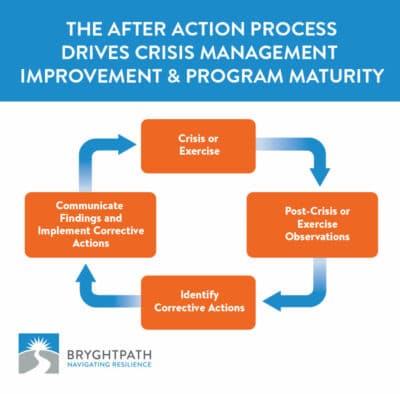
The most successful crisis responses I've observed share several key elements: rapid acknowledgment of the issue, transparent communication with regulators and consumers, swift corrective action, and systematic follow-up to prevent recurrence.
Transform Your Regulatory Visualization Strategy with PageOn.ai
Turn complex regulatory information into clear, compelling visual expressions that help your team navigate global compliance challenges with confidence.
Start Creating with PageOn.ai TodayConclusion: Embracing Regulatory Challenges as Opportunities
Throughout my years working with mystery box companies, I've come to see regulatory challenges not as obstacles but as opportunities for innovation and differentiation. The companies that thrive in this environment are those that embrace compliance as a core business function rather than an afterthought.
As regulatory frameworks continue to evolve, I anticipate that we'll see increasing standardization of requirements across markets, which will actually benefit companies with robust compliance systems. Those that invest in adaptable compliance frameworks now will have a significant competitive advantage in the years ahead.
The mystery box industry's future lies in balancing the excitement and surprise that consumers love with the transparency and responsibility that regulators demand. By visualizing regulatory requirements and compliance strategies, companies can navigate this complex landscape more effectively and build sustainable business models that delight consumers while meeting regulatory expectations.
Key Takeaways
- Regulatory approaches vary significantly by region, requiring localized compliance strategies
- Transparent communication with consumers is the foundation of effective compliance
- Proactive self-regulation can help prevent more restrictive government intervention
- Visual frameworks and tools enhance understanding and implementation of compliance requirements
- Successful companies view regulatory challenges as opportunities for innovation
You Might Also Like
How AI Saves Marketing Teams 5+ Hours Weekly While Boosting Productivity 83% | Visual Content Revolution
Discover how AI transforms marketing workflows, saving 5+ hours weekly and boosting productivity by 83%. Learn visual content strategies that eliminate manual tasks and accelerate campaigns.
Transforming Marketing Teams: From AI Hesitation to Strategic Implementation Success
Discover proven strategies to overcome the four critical barriers blocking marketing AI adoption. Transform your team from hesitant observers to strategic AI implementers with actionable roadmaps and success metrics.
Creating Visual AI Ethics Frameworks: A Leadership Guide for Modern Business | PageOn.ai
Discover how to develop comprehensive visual AI ethics frameworks for your organization. This guide helps business leaders translate complex ethical principles into clear visual guidelines.
Prompt Chaining Techniques That Scale Your Business Intelligence | Advanced AI Strategies
Master prompt chaining techniques to transform complex business intelligence workflows into scalable, automated insights. Learn strategic AI methodologies for data analysis.
